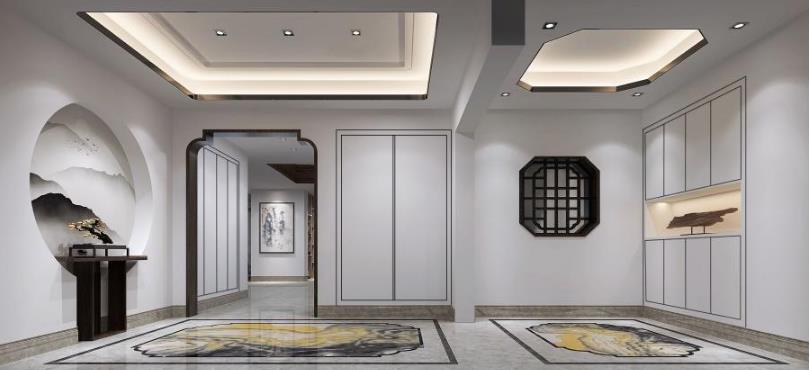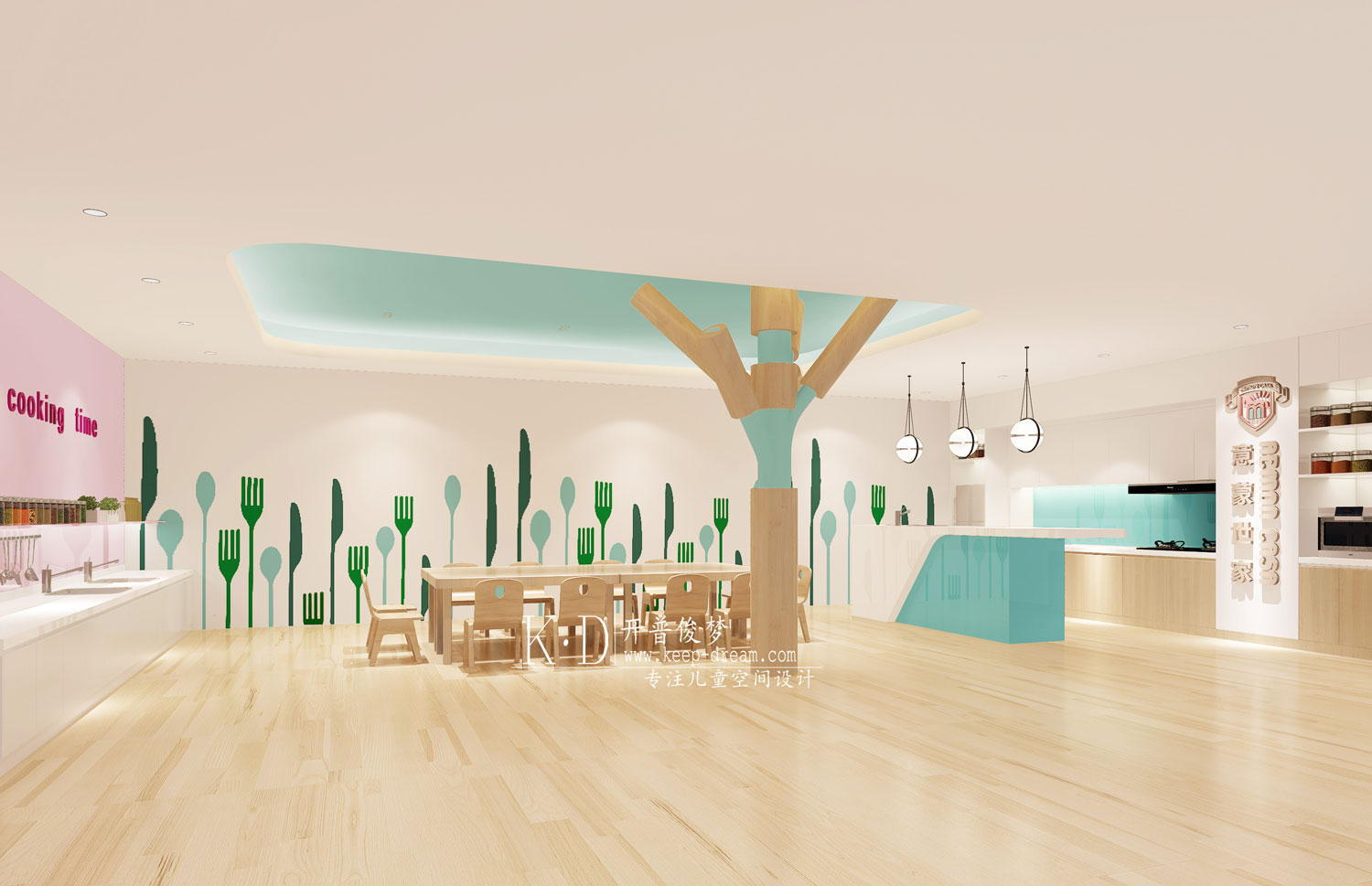Aula Medica Wingårdh Arkitektkontor
2014-01-10 01:00
奇怪的是,卡罗林斯卡学院在20世纪40年代创建校园时,并没有建造大型礼堂。是的,这是有意图的,但医科大学在数量上和排名上都扩大了,没有任何可能把学生和科学家聚集在一起。在新千年开始的时候,一项捐赠终于使这个大院能够用它所需要的时间来完成。
Strange enough, no large auditorium was built at Karolinska Institutet when its campus was created in the 1940’s. Yes, there were intentions, but the medical university expanded in numbers as well as ranking without any possibility to assemble neither students nor scientists in large numbers. In the beginning of the new millennia, a donation finally made it possible to complete the compound with the venue it needed so long.
大学的礼堂,或者说奥拉使用古典语言的词,超出了演讲厅的任务范围。它的仪式根源于教堂,建筑遗传在剧院,使奥拉今天的世俗社会最庄严和仪式的空间。它不仅是对科学和教育的赞扬,也是一个有着强烈集体经验的场所。
An auditorium at a university, or aula to use the word of the classical languages, goes beyond the task of a lecture hall. Its ceremonial roots in the church and the architectonic heredity in the theatre, makes the aula today’s secular society’s most solemn and ritual space. It is not only a tribute to science and education, but also a site for strong collective experiences.
奥拉的意义,无论对学术界还是对整个社会来说,都需要一个突出的城市环境。这就是为什么Karolinska学院的Aula项目从现有建筑物后面的一个偏远地点转移到今天正在建造的裸露地点。Win rdhs的参与始于2001年邀请竞赛的一项提案。该条目被选择用于进一步的开发,并且随着站点后来的更改,客户对架构师的选择仍然保留。
The significance of the aula both for academia and for the society at large, calls for a protrude setting in the city. That is why the project for an aula at Karolinska Institutet moved from a remote site behind existing buildings to the exposed location where it is being built today. Wingårdhs’ involvement began with a proposal in an invited competition in 2001. The entry was selected for further development, and as the site later altered, the client’s choice of architect remained.
(C)Tord-Rikard S derstr m
这座建筑的新位置与它在学术界和新兴城市景观中的地位是一致的。这座建筑突出在索尔纳维根(Solnav Gen)-一条即将被改造成城市街道的大道-与连接大学与目前在建的大型医院之间的人行横轴之间。靠近它的大型建筑群需要一种富有表现力的形式,而与古代当局的讨论为附近的一座列出的建筑创造了一个清晰的区别。
The new location for the building is congenial with its position in the academic society as well as in the emerging cityscape. The building protrudes over the intersection between Solnavägen, a thoroughfare that is about to be transformed into an urban street, and the pedestrian axis that will connect the university with the extensive hospital currently under construction next by. The proximity to its large complex called for an expressive form, and discussions with the antiquary authorities created a clarifying distinction to a listed building nearby.
(C)Tord-Rikard S derstr m
这些几何图形-横穿人行横道下5米5米的街道和V形礼堂-标出了这一计划。城市模式要求建造一座建筑物,以同样的尊重对待街道,作为通往人行道的主要入口。如果Solnav gen将来是一条有人类存在的街道,那么靠近人行道的入口是至关重要的。
These geometries – the street 5,5 meter below the crossing pedestrian axis and the V-shaped auditorium – denominated the plan. The urban pattern called for a building that treated the street with the same respect as the main entrance toward the walkway. If Solnavägen shall be a street with a human presence in the future, entrances close to the pavement are of crucial importance.
如果与城市的关系是以适应城市模式的愿望为指导的,那么建筑的规划就由礼堂产生。对于今天的大型奥拉来说,舞台上有图像和表演的演讲要求每个座位都有良好的视觉和音响效果,而V形座位被证明是最有效的。情况并不总是这样。由于目标的改变,大厅的形状发生了变化。对KI来说,我们认为演讲者和听众能够在平等的基础上会面的安排,最好地反映了当今的学术学会。这也是为什么礼堂入口处的水平与舞台相等,也与可分割的全体会议的中间部分相等。诺贝尔中心的礼堂也同样可以进入,但不同的规模和情绪可能需要一个不同的计划。最优解从来不是静态的。
If the relation to the city is guided by a wish to adapt to an urban pattern, the plan of the building is generated by the auditorium. For a large aula of today, where lectures with images and performances on the stage demand good sightlines and acoustics to each and every seat,the V-shaped seating have proved to be the most efficient. It has not always been like that. The shape of the hall has changed by changing objectives. For KI, we believed that an arrangement where the speaker and the audience could meet on an equal basis, mirrored the academic society of today best. That is also why the level of the auditorium entrance is equal with the stage, as well as with the middle section of the dividable plenum. An auditorium at Nobel Center shall be equally accessible, but differences in size and mood may call for a different plan. The optimal solution is never static.
日光、效率和能源消耗(Aula已达到“银色”可持续性水平)是规划Aula的一些关键标准,但最直观的表述始终是倾斜的外观。
Daylight, efficiency and energy consumption (the aula has reached the “silver” level of sustainability) have been some of the key criteria when planning the aula, but the most visual statement will always be the inclined façade.
扭曲的立面完全由平板玻璃构成;由包围整个建筑的三角形图案所形成的几何图形成为可能。不同的窗格的变化处理了绝缘,透明度以及阴影的要求,而不损害统一的特征。在内部,木制框架和几何一样引人注目。为环境提供“北欧”氛围的雄心,要求在建筑和表面上广泛使用冷杉。
The twisted elevation is made entirely of flat glass panes; a geometry made possible by the triangular pattern that encloses the entire building. A variation of different panes handles the demands for insulation, transparency as well as shade without compromising the uniform character. In the interior, the wooden framework is as striking as the geometry. An ambition to provide a “Nordic” atmosphere to the setting, have called for an extensive use of fir in structures as well as surfaces.
(C)Tord-Rikard S derstr m
拥有1000个座位的礼堂在大楼中占主导地位,同时还设有行政设施和教员俱乐部.这些都是位于大厅的顶部,这是可能的通过大型桁架。整个建筑有三条腿,每个角落都有楼梯和电梯。收回的支撑使室内空间不间断,以及外部形式的连续性。变化将产生于光的变化,就像建筑一样。
The 1000-seat auditorium dominates the building that also hosts facilities for administration and a faculty club. These are located on top of the hall, which was made possible thru large trusses. The entire structure stands on three legs, located together with stairs and elevators in each corner. The retracted supports have enabled uninterrupted spaces indoor as well as continuity in the outer form. Variation will arise from shifts in light, as architecture always has.
撰稿人原理图设计和系统文件Jannika Wirstad(项目建筑师)、JosefinKastberg、Traian Cimpanu、Filip Rem可视化Robert Hendberg、Fredrik Gullberg室内建筑师公共空间联谊会通过Gert wing rdh、Helen Toresson和Sara Helder贡献者Foued Hajjamam,Bj rn Nilsson室内建筑师其他空间Creo Arkitektkontor安装艺术Ingegerd R man景观Tengbom结构工程Cowi机械服务和卫生工程OF咨询电气规划SwECO系统AB照明设计节点LjasDesign消防安全工程BrandSkyddslaget AB厨房Kitchen K kspennan AB声学工程师音频数据剧院技术Teaterkonsult Hasselblad可达ElenaéArkitekt AB电梯EELLéArkitekt AB电梯Rullhtekk AB技术Gold Associates AB湿气干燥-AB客户Akademiska Hus Hus美国卡罗林斯卡学院承包商的AB来自合作承包总承包商NCC建筑工程公司AB-Fa ade Contractors Fenestra-Wieden S.R.O.建筑费用500 M SEK制造商装货.
Contributors Schematic Design And Systems Documents Jannika Wirstad (Project Architect), Josefine Kastberg, Traian Cimpeanu, Filip Rem Visualization Robert Hendberg, Fredrik Gullberg Interior Architect Public Spaces Wingårdhs through Gert Wingårdh, Helena Toresson and Sara Helder Contributors Foued Hajjam, Björn Nilsson Interior Architect Other Spaces Creo Arkitektkontor Installation Art Ingegerd Råman Landscape Tengbom Structural Engineering Cowi Mechanical Services And Sanitary Engineering ÅF Consulting Electrical Planning SWECO Systems AB Lighting Design Node Ljusdesign Fire Safety Engineering Brandskyddslaget AB Kitchen Kökspennan AB Acoustical Engineer Audio Data Lab Theatre Technology Teaterkonsult Hasselblad Accessibility Elena Siré Arkitekt AB Elevators Rullhtekk AB Geotechnical Golder Associates AB Moisture Dry-IT AB Client Akademiska Hus AB for Karolinska Institute Contractor Form Cooperative Contracting General Contractor NCC Construction Sverige AB Façade Contractor Fenestra-Wieden S.R.O. Constructions Costs 500 M SEK Manufacturers Loading...
 举报
举报
别默默的看了,快登录帮我评论一下吧!:)
注册
登录
更多评论
相关文章
-

描边风设计中,最容易犯的8种问题分析
2018年走过了四分之一,LOGO设计趋势也清晰了LOGO设计
-

描边风设计中,最容易犯的8种问题分析
2018年走过了四分之一,LOGO设计趋势也清晰了LOGO设计
-

描边风设计中,最容易犯的8种问题分析
2018年走过了四分之一,LOGO设计趋势也清晰了LOGO设计














.jpg)

















.jpg)









.jpg)





























































